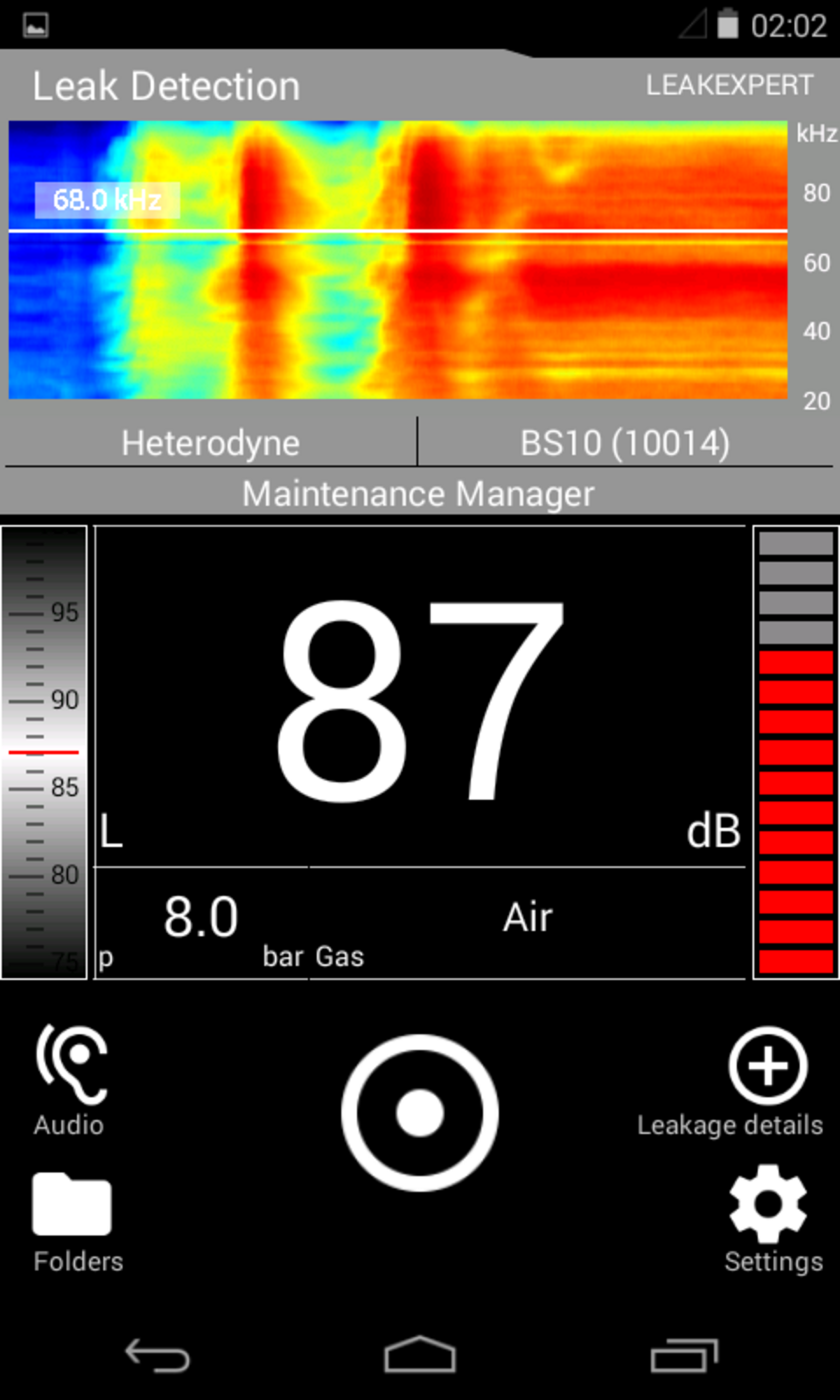APPLICATIONS
Ultrasonic Leak Detection
In Compressed Air, Inert Gas and Vacuum Systems
Saving energy through leak detection in compressed air systems is an important issue in all areas of manufacturing and process technology. Successful leak detection with leak detectors and the associated repairs to the compressed air system, achieves an average saving of 35%. A regular check for leaks with our ultrasonic testing device SONAPHONE or our acoustic camera SONASCREEN not only serves to save energy and cost, but also increases operational safety and plant reliability.
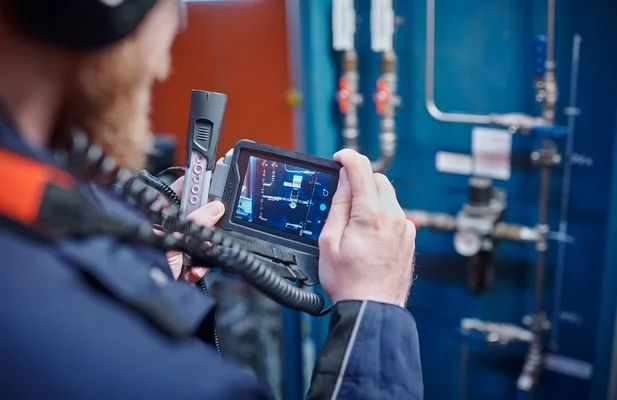
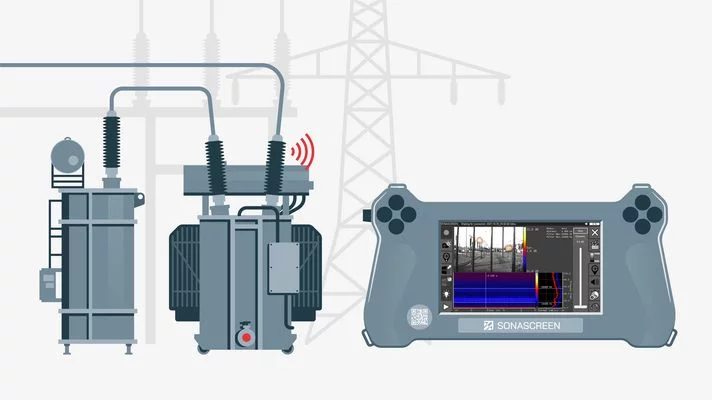
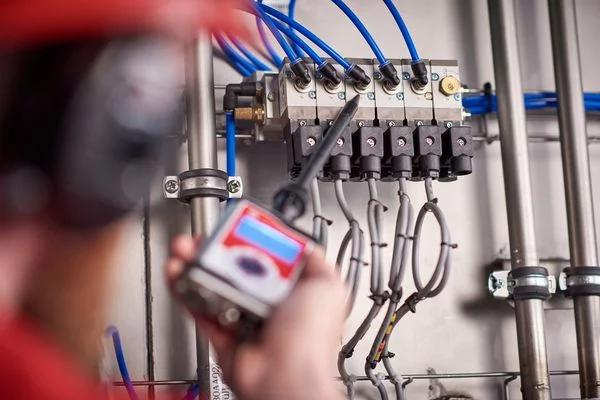
Advantages at a Glance
- Detect leaks in compressed air, inert gas and vacuum systems
- Save up to 35 % of the energy costs
- LeakExpert: Specific app for leak detection and classification for SONAPHONE
- Visualization of leaks with acoustic camera SONASCREEN
- Generate leak reports
Leak Detector
- SONAPHONE
- SONASCREEN
- SONAPHONE POCKET
Reducing energy consumption has a lot of social and political interest as a way of achieving current energy and climate targets. With the implementation of the 2015 EU Energy Efficiency Directive at the latest, companies of a particular size and above are obligated to carry out energy audits or to become certified to standards such as DIN EN ISO 50001 and EMAS.
Compressed air production is an expensive process due to the low level of efficiency, and compressed air losses as a result of leaks provide a lot of potential for increasing energy efficiency. State-of-the-art broadband ultrasound testing technology is an important tool that helps companies to achieve their targets. Smartphone-based devices guide service engineers throughout the entire testing procedure: from regular leak detection and the automatic evaluation of leaks in l/min right through to documentation.
Our ultrasonic testing device SONAPHONE and our acoustic camera SONOASCREEN are used for simple and fast leak detection on compressed air, inert gas and vacuum systems. The different device versions as well as the extensive accessories offer intuitive assistance for leak detection and evaluation with ultrasound.
Leak Detection and Evaluation with SONAPHONE

SONAPHONE
Digital Ultrasonic Testing Device for Maintenance 4.0
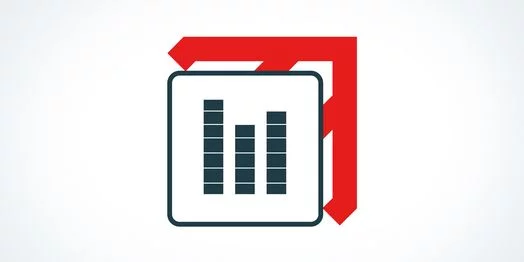
LEAK EXPERT APP
App for leak detection and classification

SONAPHONE® DATASUITE
Software for the management of maintenance tasks

SONASCREEN
Acoustic camera for detection of audible sound and ultrasound
Signal processing in the SONAPHONE outputs different sound levels, which are significant depending on the application.
As a basis, raw level values are obtained from the filtered raw data with a sample rate of 1 ms. The derived level values are calculated and stored in much larger time intervals. The sample rate can be varied in the menu “Measurement settings” between 4 ms and 128 ms. It should be noted that the set sample rate has an influence on the representation of data in the spectrogram.
Level values are:
- L(t) – Instantaneous Level
The instantaneous level is derived directly from the raw level values and averaged according to the sample rate setting (between 4 ms and 128 ms). For better readability on the display of the SONAPHONE, the largest value out of 8 consecutive values is represented.
- LF(t) – Instantaneous Level with Time Weighting
The standardized Instantaneous Level with Time Weighting (also Fast Level) is exponentially averaged with a time constant of 125 ms. The Fast Level follows the physical measurement effect relatively slowly. In history, it has been used on pointer instruments and fast changing measurements to increase the readability of the values.
- Lmin – / Lmax – Minimum / Maximum Value of Instantaneous Level
This level is the minimum or maximum value of the Instantaneous Level L(t) (sample rate between 4 ms and 128 ms).
- Lpk – Peak Level
The Peak Level is based on the highest measured value in the raw data (sample frequency 256 kHz / sampling time 4µs). It should not be mistaken for the more averaged Maximum Value of Instantaneous Level (Lmax) – the Peak Level can be a few decibels above Lmax.
- Leq – Equivalent Continuous Sound Level
The Equivalent Continuous Sound Level is a standardized averaging level and is used to describe time-varying level values. It averages the sound energy over the measurement period according to specific rules.
It should be noted that due to averaging important information regarding frequency distribution or changing values over time are lost. Therefore, the Equivalent Continuous Sound Level is particularly meaningful when acoustic situations with similar characteristics are compared.
The level values Lmin, Lmax, Lpk, Leq are calculated from the data from the beginning of each measurement and shown on the display. Pressing the “Reset” button in the Levelmeter App will start a new measurement with newly calculated level values. During data recording, the values apply to the recording period.
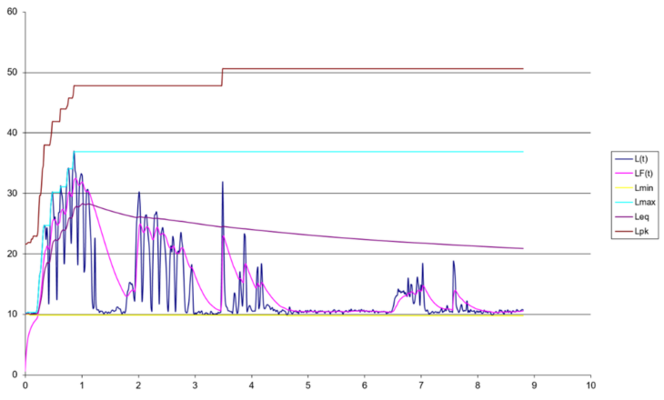
Through signal processing, ultrasound can be converted into a secondary “downmixed” signal in the audible range.
In the heterodyne method, a narrow frequency in the ultrasonic range is selected (e.g. carrier frequency of 40 kHz +/- 2 kHz) and transformed into the audible range via difference frequencies. The method is used in the traditional analogue test equipment, which work in the narrow band around 40 kHz. The broadband digital SONPAHONE® integrates this approach. By means of a shift of the carrier frequency (movable line in the spectrogram in the broadband 20 … 100 kHz), the corresponding narrow-band audio signal is made available.
In many cases a qualitative evaluation is already possible with the heterodyne method via the audible impression, for example in leak detection and in the basic evaluation of bearing condition.
In most cases, the ultrasound signals are distributed over a broad frequency range. This means that the information in the acoustic signal cannot be completely detected in a narrow frequency range. In the case of the SONAPHONE, which operates in broadband, it is possible to convert the signals using the phase vocoder method. Doing this, the entire frequency range of 20 … 100 kHz is compressed by a factor of 32. Despite little loss of information, the original acoustic situation in the broadband can be reproduced, the audible impression is available for the entire ultrasound range.
Both methods “sound” differently. The user can listen to the signal via built-in speakers or headphones. The sampling rates of the audio signals are 8 kHz. The volume of the signal changes in the same way as the intensity of the original high-frequency signals. In addition, the variation of the original signal over time is preserved so that the dynamics of events in the audible signal are reflected.
In addition, the SONAPHONE records the audible signals. They are available in WAV format and are thus also available for further data processing.
